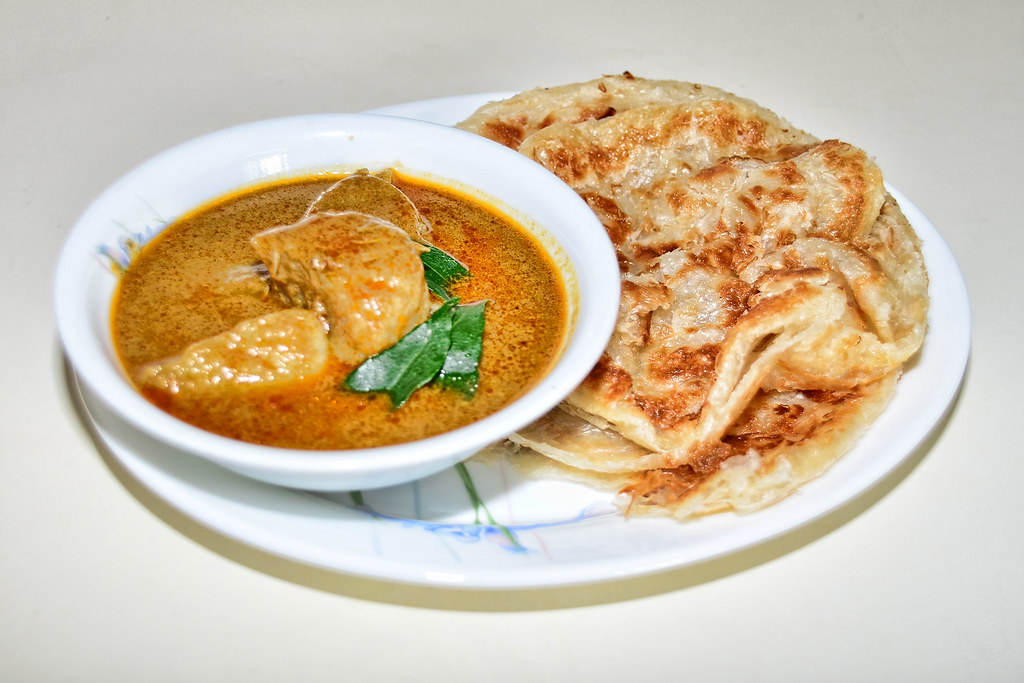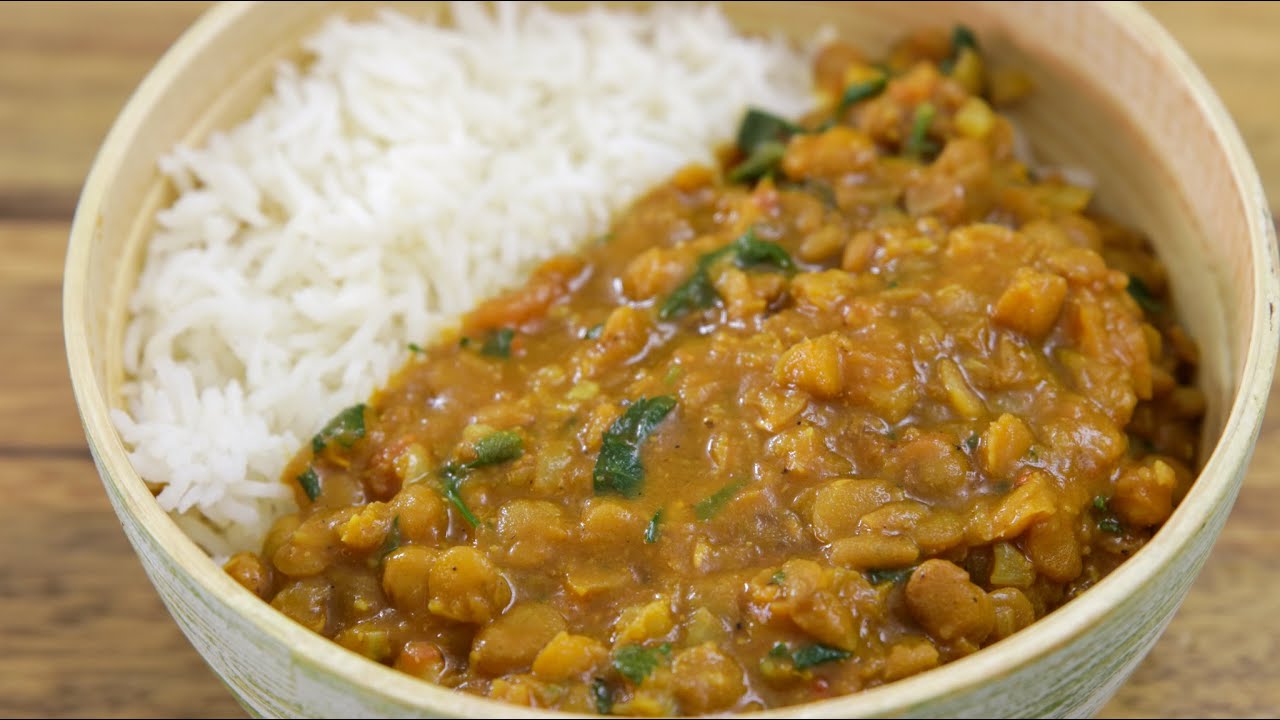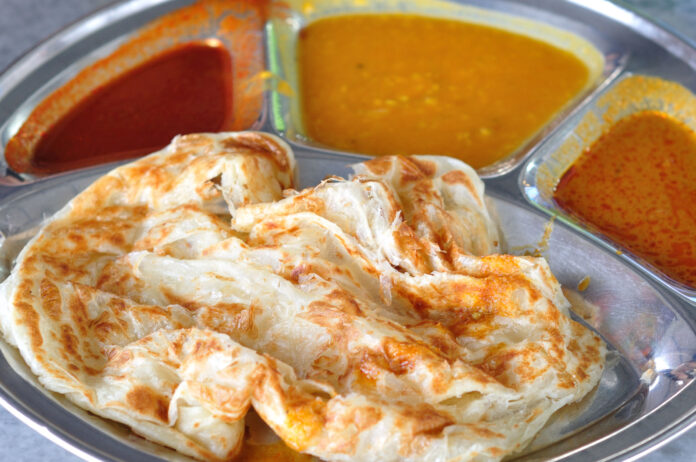In the vibrant tapestry of Singapore’s culinary scene, one dish stands out as a crispy, flaky delight that has captured the hearts and taste buds of locals and visitors alike – Roti Prata. This South Indian-inspired flatbread has evolved into a culinary sensation, offering a crispy exterior, a flaky interior, and a myriad of delectable toppings that cater to diverse palates. Join me on a flavorful journey through the origins, preparation, and tantalizing variations of Roti Prata, a dish that has become a quintessential part of Singapore’s gastronomic identity.
Origins: A Slice of South India in Singapore
Roti Prata’s roots trace back to the Indian subcontinent, where it is known as “parotta” or “parantha.” However, its journey to Singapore transformed this humble flatbread into a culinary icon with a unique local twist. Introduced by Indian immigrants, Roti Prata has become an integral part of Singapore’s diverse food culture, showcasing the city-state’s ability to embrace and innovate on global culinary influences.

The combination of traditional Indian flatbread-making techniques and local ingredients has given birth to a unique Singaporean adaptation. This synthesis of cultures reflects the essence of the Lion City, where diversity is not only embraced but celebrated in the form of culinary masterpieces.
The Art of Preparation: Tossing, Stretching, and Flipping
At the heart of Roti Prata’s allure is the mesmerizing performance that unfolds in the open kitchens of local hawker centers and prata stalls. The dough, a simple mixture of flour, water, ghee (clarified butter), and condensed milk, undergoes a fascinating transformation. The prata master skillfully tosses, stretches, and flips the dough until it becomes a thin sheet with multiple layers.

The secret lies in the technique – a dance between hands that requires precision, experience, and a touch of showmanship. The thin dough is then folded and cooked on a flat grill, creating the signature layers that define Roti Prata’s texture – crispy on the outside, flaky on the inside.
The Toppings Extravaganza: Sweet, Savory, and Everything In Between
What elevates Roti Prata from a simple flatbread to a gastronomic delight is the diverse array of toppings that can be added during its preparation. The classic choice is “kosong,” referring to a plain Roti Prata, but the options are far from limited.
Egg Prata : A cracked egg is often added to the dough before it’s cooked, resulting in a delightful combination of crispy layers and a runny, golden egg yolk.
Cheese Prata : For those who crave a savory and gooey indulgence, cheese is generously sprinkled on the dough, creating a decadent treat that appeals to cheese lovers.
Mushroom Prata : The earthy aroma of mushrooms blends seamlessly with the crispy layers, offering a delightful harmony of textures and flavors.
Plaster Prata : An intriguing variation where a perfectly cooked sunny-side-up egg is “plastered” onto the Roti Prata, creating a satisfying contrast between the crispy bread and the creamy egg.
Banana Prata : A sweet twist on the classic, banana slices are folded into the dough, creating a delightful combination of crispy layers and caramelized banana sweetness.
The Dip Dance: Curry, Dhal, and More

No Roti Prata experience is complete without the accompanying array of dips. The dance of flavors truly comes alive when the crispy flatbread meets rich, aromatic curries and dhal. The choices are as diverse as the toppings:
- Fish Curry:A tangy and spicy fish curry that adds a burst of flavor, complementing the crispy Roti Prata with its robust taste.
- Chicken Curry:Succulent chicken pieces swimming in a fragrant curry, creating a hearty and satisfying pairing with the flaky layers.
- Dhal (Lentil Curry): A vegetarian delight, the dhal is a creamy lentil curry that offers a milder but equally flavorful dip for the crispy prata.
- Sardine Curry: For those seeking a bolder flavor, sardine curry provides a unique and savory twist to the Roti Prata experience.
Roti Prata Variations Across Singapore: A Culinary Tapestry

One of the beauties of Roti Prata is its adaptability to various tastes, leading to regional variations that showcase Singapore’s diverse culinary landscape.
- Jalan Kayu Prata: The bustling area of Jalan Kayu is renowned for its Roti Prata, featuring a variety of toppings and generous servings of curry on the side. The prata here is often crispy, yet chewy, offering a delightful texture.
- Springleaf Prata Place:Known for its innovative twists, this prata place introduces variations like Murtabak Prata, where minced meat and egg are encased In the prata layers, creating a substantial and flavorful option.
- and Mrs. Mohgan’s Super Crispy Roti Prata:As the name suggests, this stall takes pride in achieving an exceptional level of crispiness. The prata here is known for its thin layers and satisfying crunch.
Making Roti Prata at Home: A Labor of Love
For those who embark on the journey of making Roti Prata at home, it’s not just abo’t the end result; it’s about the process. Kneading the dough, mastering the art of tossing and stretching, and experimenting with various toppings become a labor of love. The home kitchen becomes a stage for culinary exploration and creativity, as each attempt brings one closer to the perfect balance of crispy layers and delectable toppings.
Roti Prata: A Culinary Bonding Experience
Beyond its gastronomic appeal, Roti Prata holds a special place in Singaporean culture as a dish that brings people together. The act of sharing a plate of Roti Prata, tearing apart the crispy layers, and dipping into flavorful curries creates a communal and joyous dining experience. Families, friends, and even strangers bond over the shared enjoyment of this simple yet extraordinary flatbread.
In conclusion, Roti Prata is more than just a dish; it’s a culinary symphony that unfolds in layers of flavor, texture, and cultural richness. From its humble origins in South India to becoming a beloved Singaporean delicacy, Roti Prata showcases the city-state’s ability to transform global influences into culinary treasures. As you savor the crispy, flaky layers and explore the myriad of toppings, remember that each plate tells a story – a story of tradition, innovation, and the universal joy found in breaking bread together. So, whether you’re at a local hawker center or trying your hand at making Roti Prata at home, let this crispy flatbread be a source of delight and connection in the diverse tapestry of Singapore’s food culture.




